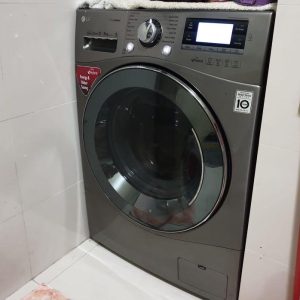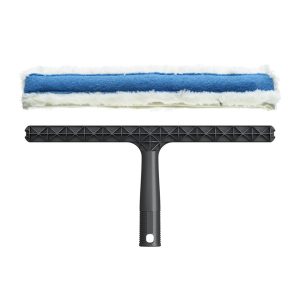Solve Washing Machine Drain Pipe Overflow
Reasons Behind Drain Pipe Overflow
In this section, we will discuss the common causes of a washing machine drain pipe overflow. These issues must be identified to apply the correct solutions and prevent future overflows.
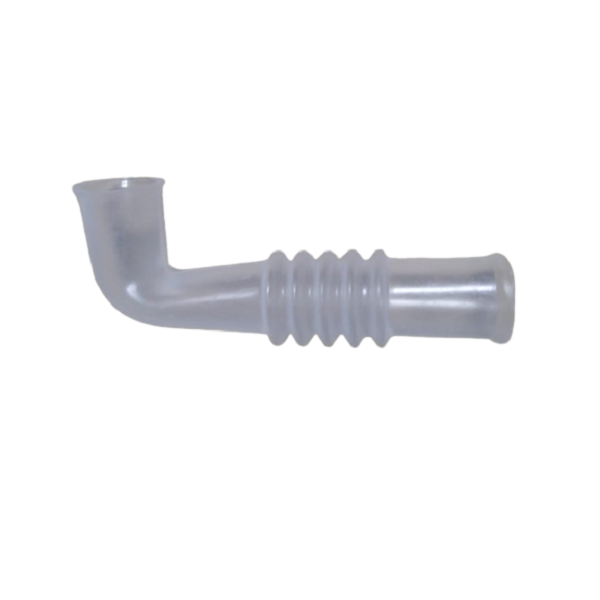
Overloading the Washing Machine
A primary reason for drain pipe overflows is overloading your washing machine. Too much laundry can result in excessive water, overwhelming the drain pipe’s capacity. It’s important to follow the manufacturer’s guidelines for load size to avoid this issue.
Clogged Drain Pipes and Blockages
Over time, your drain pipes can become clogged with lint, hair, and soap scum. These blockages slow down water flow, leading to backups and overflows during the drain cycle. Regular cleaning and maintenance of your washing machine’s filter can help prevent these blockages.
Deteriorating Pipes and Infrastructure
Old or damaged pipes struggle to effectively manage water discharge from modern washing machines. Signs of wear or corrosion in your home’s plumbing system can also contribute to drainage problems and potential overflows.
Step-by-Step Troubleshooting Guide
When faced with a washing machine drain pipe overflow, a systematic approach is crucial for effective resolution. The following step-by-step troubleshooting guide assists in diagnosing and fixing the issue.
Inspecting the Drain Hose
Begin by inspecting the washing machine’s drain hose. Ensure it’s securely connected and free of cracks or kinks. A loose or damaged hose can hinder proper drainage, causing overflows.
Checking for Clogs with a Drain Snake
Next, use a drain snake to probe for clogs within the drain pipes. Insert the snake into the drain pipe and twist it to catch and remove debris causing obstructions.
Assessing the Main Sewer Line
Finally, consider whether the main sewer line could be contributing to the overflow. If previous steps haven’t solved the issue, the main line may require professional evaluation.
Permanent Solutions to Prevent Future Overflows
Preventing washing machine drain pipe overflows is key. It saves you from repeat issues and costly water damage repairs. Here are lasting solutions to consider:
Upgrading Washing Machine Drain Pipes
Replace narrow pipes with wider ones to handle more water. This ensures smooth drainage during heavy wash cycles. Older homes often need this change to keep up with modern washing machines.
Installing a Laundry Sink or Lint Catcher
A laundry sink catches excess water, reducing strain on your drain pipe. It’s a useful addition if you frequently hand-wash items. A lint catcher is simpler. It attaches to your machine’s hose, stopping lint from clogging pipes. Clean it monthly to avoid build-up.
Replacing Old Washing Machines
Modern units use less water and are better at managing laundry loads. Investing in a high-efficiency washer not only prevents overflows but also conserves water and energy. If your machine is old or inefficient, consider an upgrade. It’s an upfront cost that pays off long-term.
Temporary Fixes for Immediate Relief
Sometimes you need a quick fix to address a washing machine drain pipe overflow. Immediate solutions can stop overflows and prevent water damage until a permanent fix is in place.
Utilizing a Drain Snake or Plunger
When facing an overflow, a drain snake can clear blockages deep within pipes. Insert the snake into the drain and rotate it to dislodge debris. For immediate surface clogs, a plunger can also be effective. Simply place the plunger over the drain and pump vigorously to loosen blockages.
Installing Lint Catchers or Filters
A lint catcher is an easy, effective way to stop material from clogging your pipes. Attach one to the end of your washing machine hose to trap lint and debris. Make sure to clean or replace these frequently to maintain their effectiveness. Filters can also be installed to catch smaller particles, reducing the risk of clogs.
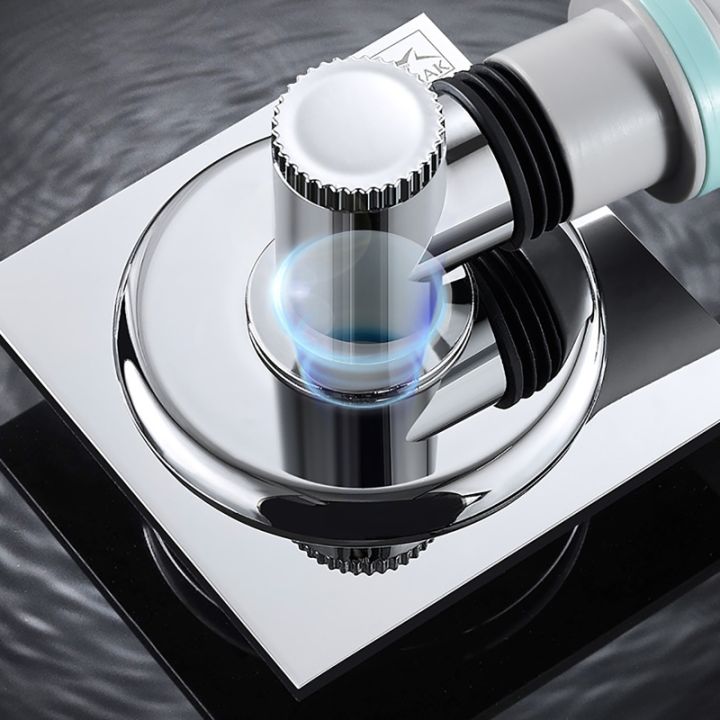 Understanding Washing Machine Settings
Understanding Washing Machine Settings
Adjusting Load Sizes and Water Levels
To prevent washing machine drain pipe overflows, it’s crucial to adjust the load sizes and water levels according to the manufacturer’s guidelines. Modern washing machines come with various settings that allow you to customize the amount of water used based on the size of the laundry load. Always ensure you’re not overfilling the drum, as this can force more water than your pipes can handle during the drain cycle, leading to potential overflows. Adequate load and water level adjustments can significantly reduce the risk of drainage issues.
Selecting Proper Detergent Amounts
The amount of detergent you use can also affect your washing machine’s drainage. Using too much detergent creates excess suds, which might not only cause overflows but can also leave residues that result in clogs over time. Check the detergent packaging for the recommended amounts and consider the water hardness in your area. Hard water often requires more detergent, while soft water requires less. If you have a high-efficiency washing machine, be sure to use detergents labeled for HE use, as they are formulated to produce fewer suds and are better suited for these machines.
When to Call a Professional Plumber
Once you’ve tried all DIY methods to solve your washing machine drain pipe overflow, there might be times when a professional plumber’s expertise is necessary. Knowing when to make the call can save you from ongoing issues and potential damage.
Identifying Serious Plumbing Issues
Some plumbing problems are beyond the scope of DIY fixes. If you experience persistent overflows despite clearing clogs and checking your machine, it could indicate a deeper issue. Look out for signs like water backing up in other places, foul odors, or gurgling sounds coming from your pipes. These indicators suggest a problem with your broader plumbing system.
Professional Assistance for Major Blockages
Major blockages, especially those in the main sewer line, need professional attention. If using a drain snake or other home methods don’t clear the overflow, it’s time to call a plumber. They have the tools and expertise to diagnose and fix blockages that are tough to reach or stubborn to clear. Moreover, if you suspect the pipes are deteriorating or wrongly sized, professional assessment and repair are essential.
Unresolved overflows can cause significant water damage. It is worth investing in a plumbing service to get to the root of the problem and implement a lasting solution. Remember that the money spent on a professional can prevent more expensive repairs down the line. Don’t hesitate to seek help if your efforts don’t pay off. An expert plumber can give peace of mind and assurance that your washing machine’s drainage system works as it should.
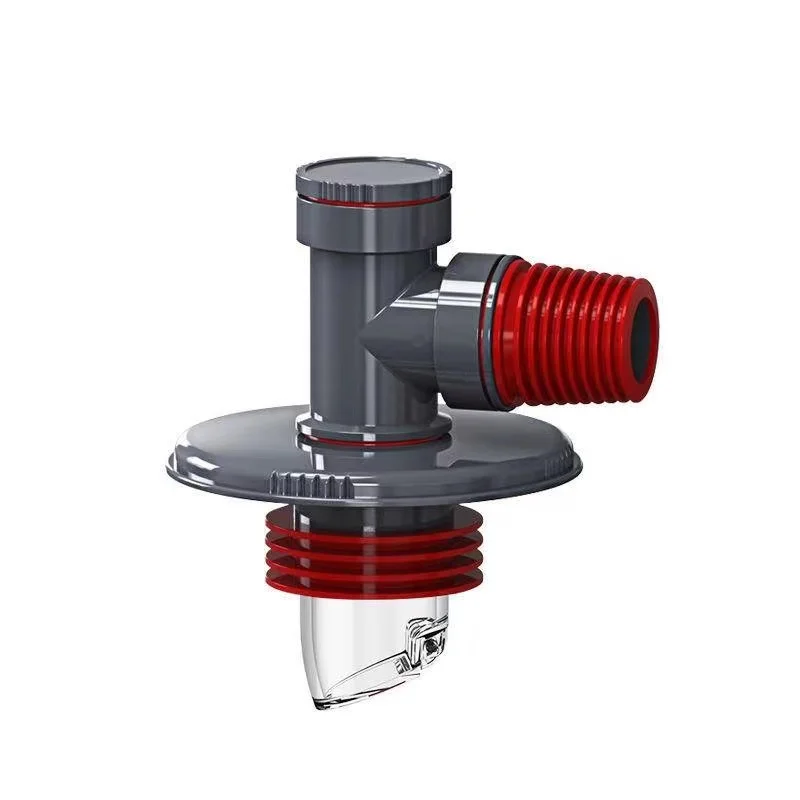 Maintenance Tips to Keep Drains Clear
Maintenance Tips to Keep Drains Clear
To prevent washing machine drain pipe overflow, consistent maintenance is crucial. Regular upkeep can greatly reduce the chances of facing messy overflows and the resulting water damage. Here are maintenance tips to ensure your drains remain clear:
Cleaning Lint Traps and Filters Regularly
Lint traps and filters are your first defense against clogged drains. These simple devices catch lint, hair, and small particles before they enter your drain pipe. To ensure effectiveness:
- Check and clean lint traps and filters every month.
- Replace them if you notice wear or damage.
- Consider upgrading to higher quality traps and filters for better protection.
Regular maintenance of these components is a small task that can prevent major blockages and backups in your washing machine’s drainage system.
Avoiding Overuse of Detergent
Using the correct amount of detergent is vital for both cleaning performance and drain health. Too much detergent leads to excess suds and can contribute to pipe clogs. To keep detergent use in check:
- Follow the manufacturer’s recommended detergent amounts.
- Adjust for water hardness; less for soft water, a bit more for hard water.
- For HE washers, use appropriate low-sudsing HE detergents.
Monitoring detergent use is not only better for your clothes and washing machine but also helps keep your drains flowing freely.
